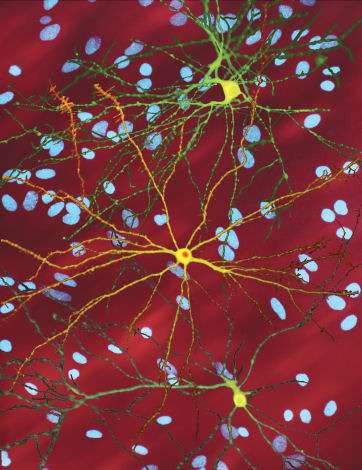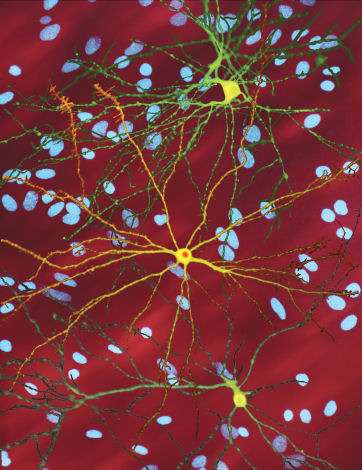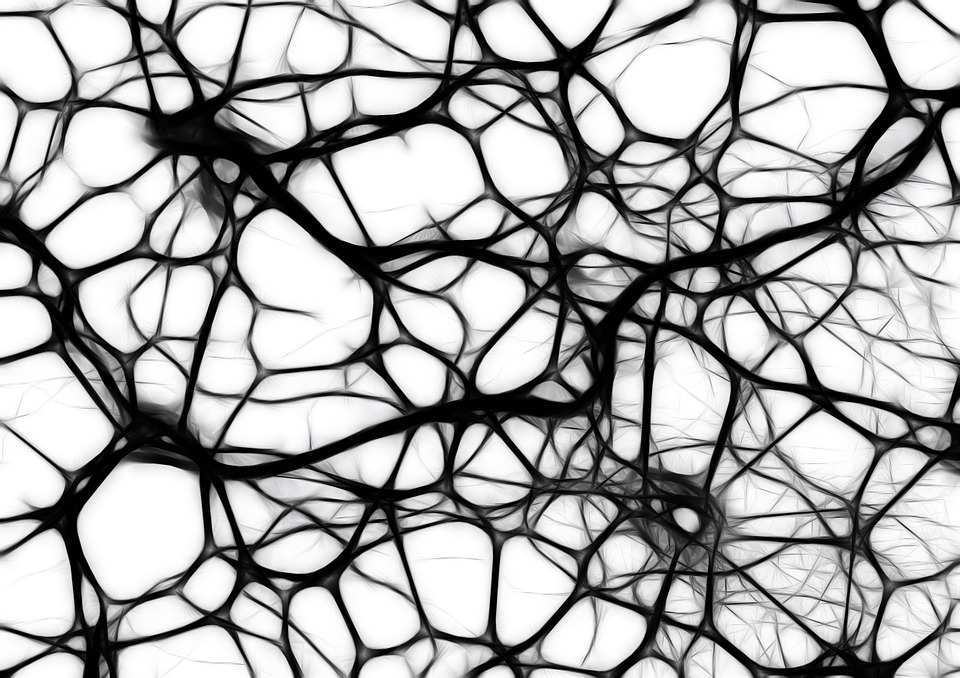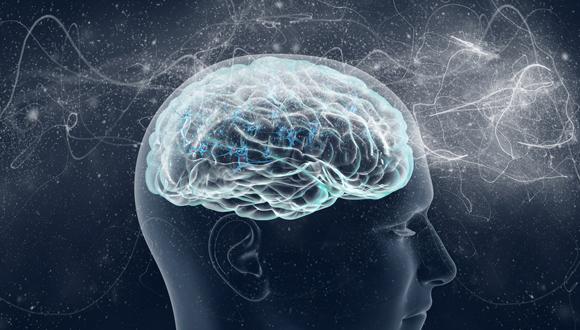
Using an experimental co-culture approach in which two different types of neurons from a mouse model of Huntington’s disease (HD) are grown side-by-side, connecting to form critically impacted circuits, researchers at University of California San Diego School of Medicine have identified a subunit of a protein that, when expressed, reverse the mutated gene effects responsible for HD.
The findings are published online September 5 in the journal PNAS.
“Our experimental design provides an invaluable system for studying important cellular and molecular events underlying Huntington’s disease,” said first author Xiaobei Zhao, PhD, a post-doctoral scientist in the Department of Neurosciences at UC San Diego School of Medicine.
“Atrophy of the corticostriatal pathway, which connects neurons in the cortex with those in the striatum, is a pathological hallmark of Huntington’s disease. We’ve shown in this HD cellular model that dysfunction in cortical neurons drives dysfunction in striatal neurons because the gene mutation responsible for Huntington disease causes deficits in the production, transport and release of a growth factor called BDNF.
“Importantly, using this model provided evidence that expression of a single subunit of the TRiC protein, which inhibits the aggregation of mutant huntingtin proteins, rescued atrophy of striatal neurons. The next step is to test this in vivo. If the phenotype of the HD mouse model can be rescued, it’s possible that TRiC could be used to treat Huntington’s disease.”
The corticostriatal pathway is a neuronal circuit connecting two parts of the brain: the outer, folded cerebral cortex where memory, thought, language and consciousness occur, and the underlying striatum — a region responsible for, among other things, behavior and voluntary movement in response to social stimuli. Corticostriatal decline is a telltale indicator of HD, a fatal genetic disorder characterized by progressive deterioration of physical and mental abilities.
In their study, Zhao, with senior author William Mobley, MD, PhD, chair and Distinguished Professor in the Department of Neurosciences, and colleagues cultured cortical and striatal neurons from an HD transgenic mouse model that expresses the human mutant huntingtin gene in a microfluidic chamber that allowed the cortical neurons to connect via axons to striatal neurons.
They found that the resulting circuits recapitulated several salient features of HD pathology, including reduced synaptic density and BDNF. Zhao stated “The new model and the ability to recreate the abnormal circuit is more physiologically relevant than many other models. Most important, it facilitates study of disease mechanisms and possible new disease-modifying treatments.”
###
Co-authors include: Xu-Qiao Chen, Eugene Han, Yue Hu, and Paul Paik, UC San Diego; Zhiyong Ding, University of Texas MD Anderson Cancer Center; Julia Overman, Alice Lau and Leslie Thompson, UC Irvine; and Sarah Shahmoradian and Wah Chiu, Baylor College of Medicine. Chengbiao Wu, UC San Diego, is co-corresponding author.
Media Contact
Scott LaFee
[email protected]
858-249-0456
@UCSanDiego
http://www.ucsd.edu
The post Protein subunit found to rescue afflicted neurons in Huntington’s disease appeared first on Scienmag.





